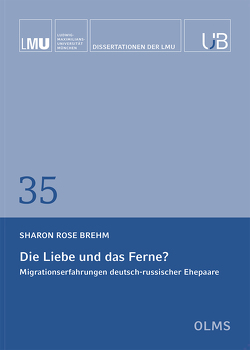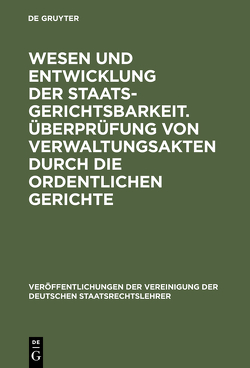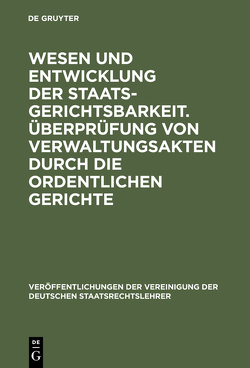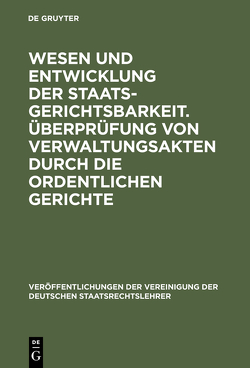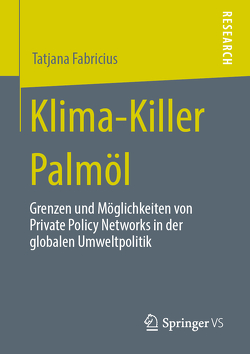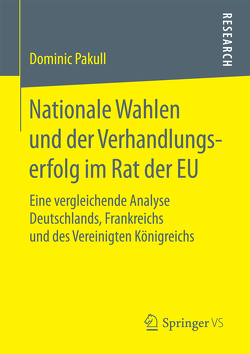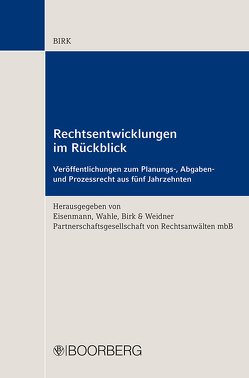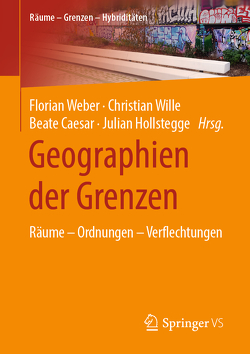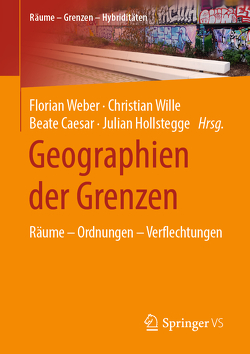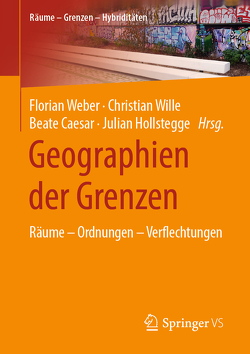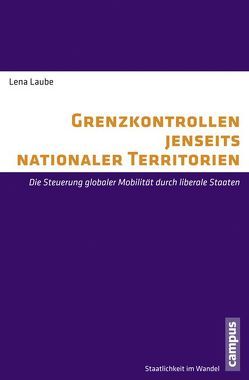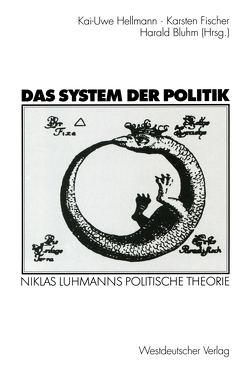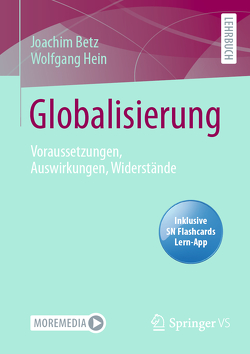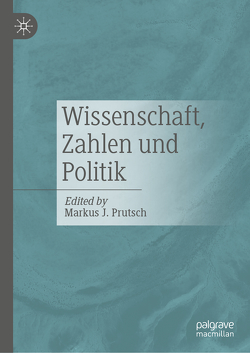Grenzen in Europa
Michael Gehler, Andreas Pudlat, Imke Scharlemann
Grenzen waren und sind wichtig für Selbstverständnis und Sinnstiftung – auch für die Entwicklung von (EU-)Europa. Sie führen stets über Spaltung und Trennung sowohl zur Identitätsbildung, als auch zu Gegensätzen in und um Europa und haben politische wie auch ökonomische Auswirkungen. Im Zeichen des „Schengen-Prozesses“ werden sie zudem mit Blick auf ihr mögliches Verschwinden aus dem kollektiven Bewusstsein interessant. Dies zeigt der Band anhand ausgewählter Problemstellungen:
– Grenzdiskurse seit der Antike,
– die Herrschaftspraxis, Gemeinden und Räume staatlicher Administrationen,
– die Nationalisierung in Ost-Mitteleuropa,
– das multiethnische Banat,
– den Brenner als Grenze mitten in Europa,
– die Verfolgung staatlicher Kriminalität an der innerdeutschen Grenze,
– die EU-Außengrenzpolitik,
– die Kriminalisierung des Grenzraumes sowie
– die Architektur und Ästhetik der Schengen-Binnengrenzen
Zahlreiche Abbildungen sowie ein Literatur- und Personenregister runden den Band ab.
***
Borders have been and continue to be important for self-awareness and a sense of meaning, even for the development of EU Europe. They have constantly led beyond division and separation to establish positive contrasts and assist in the formation of identity, with repercussions at both the political and economic levels. Against the background of the Schengen Agreement, they become especially interesting with a view toward their disappearance from the collective consciousness. This is demonstrated by this book through the use of selected problem areas, such as:
– Discourses on borders since antiquity,
– The practice of power, communities, and regions of state administrations,
– Nationalization in Eastern and Central Europe,
– The multiethnic Banat region,
– The Brenner pass as a border in the middle of Europe,
– The prosecution of state-sponsored criminal acts on the border between East and West Germany,
– The EU’s external border policy,
– The criminalization of the border area, and
– The architecture and aesthetics of the Schengen internal borders.
The volume is rounded out by numerous illustrations as well as a bibliography and index of names.












